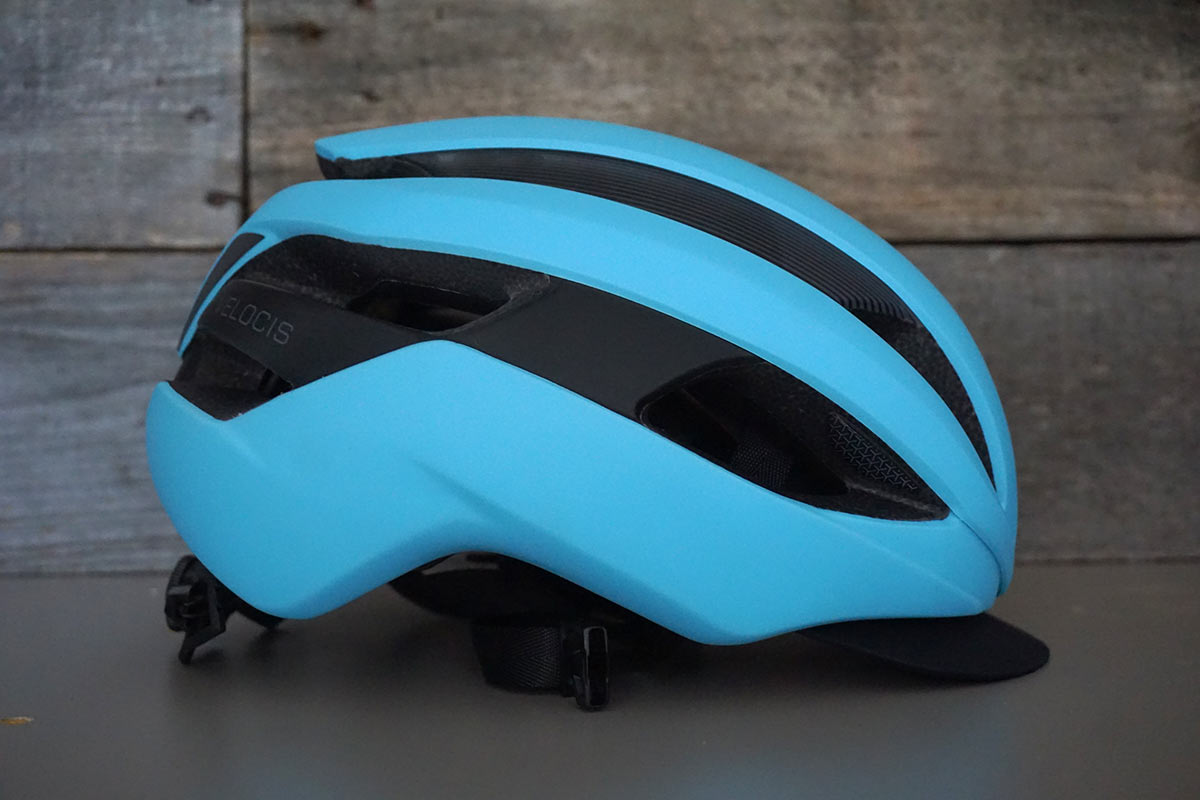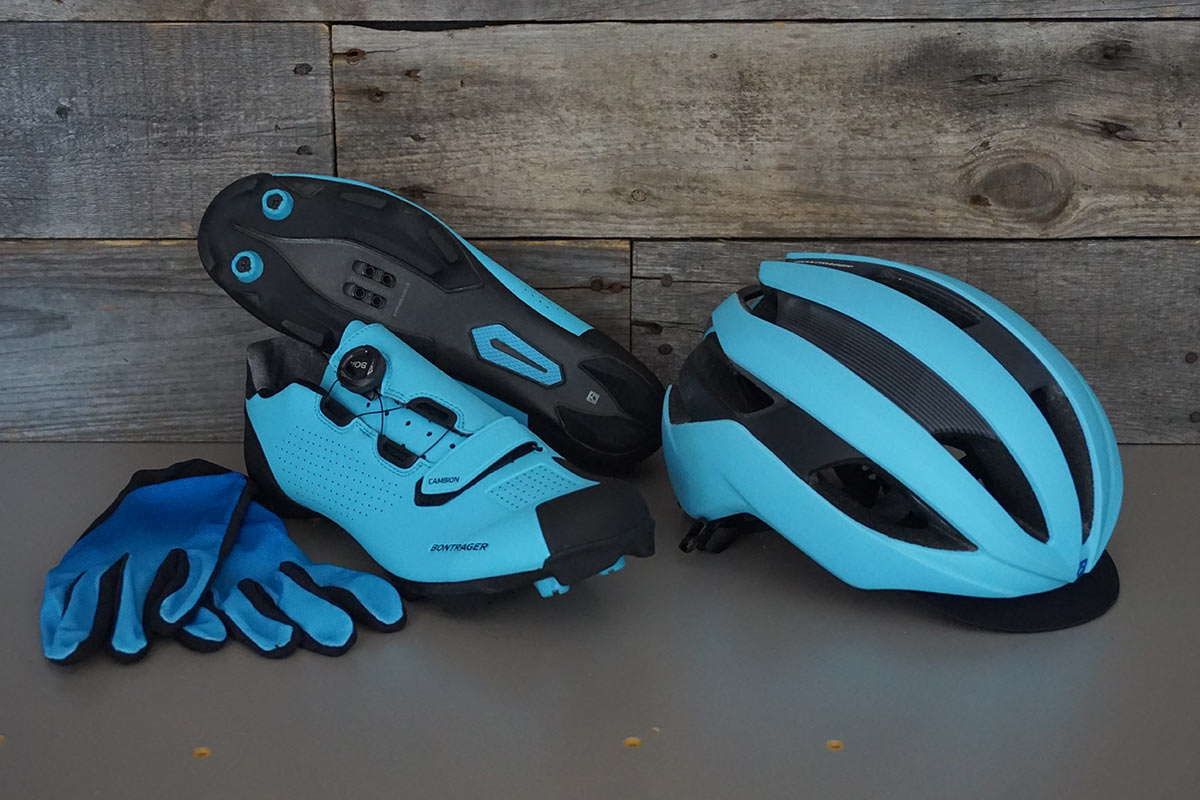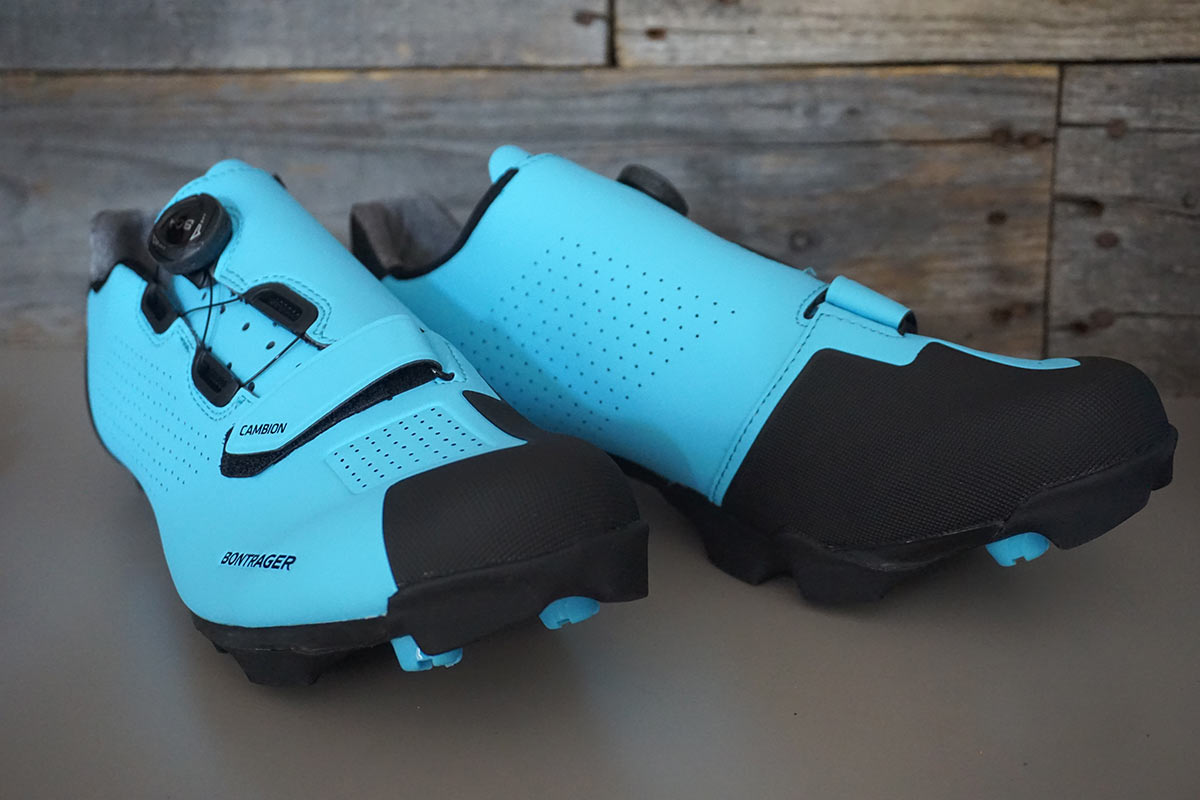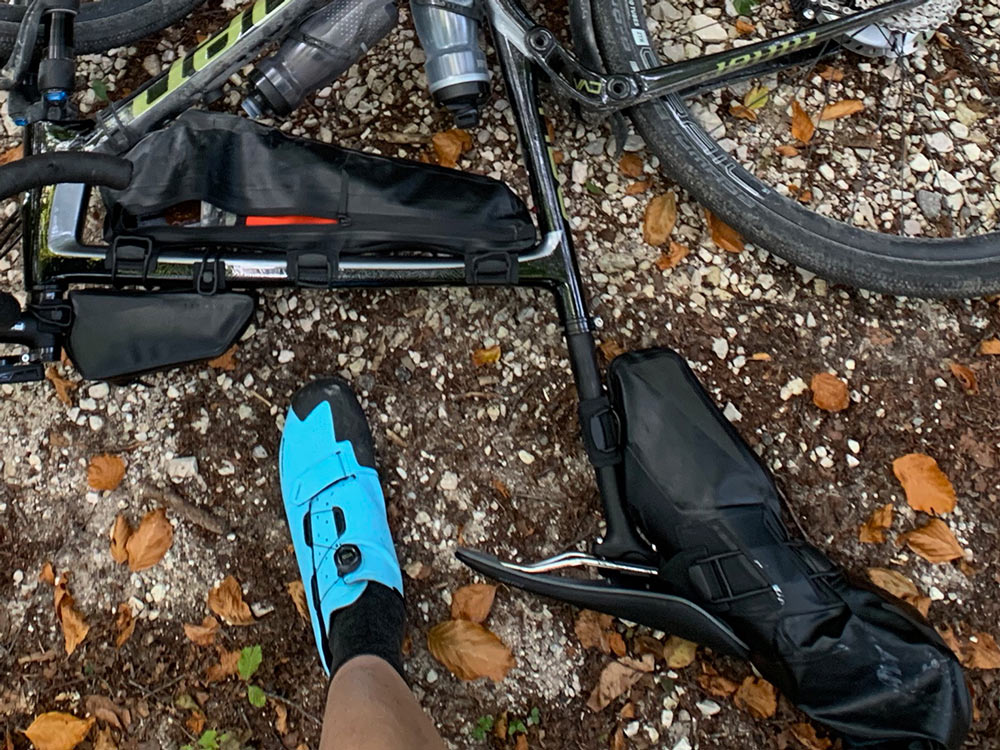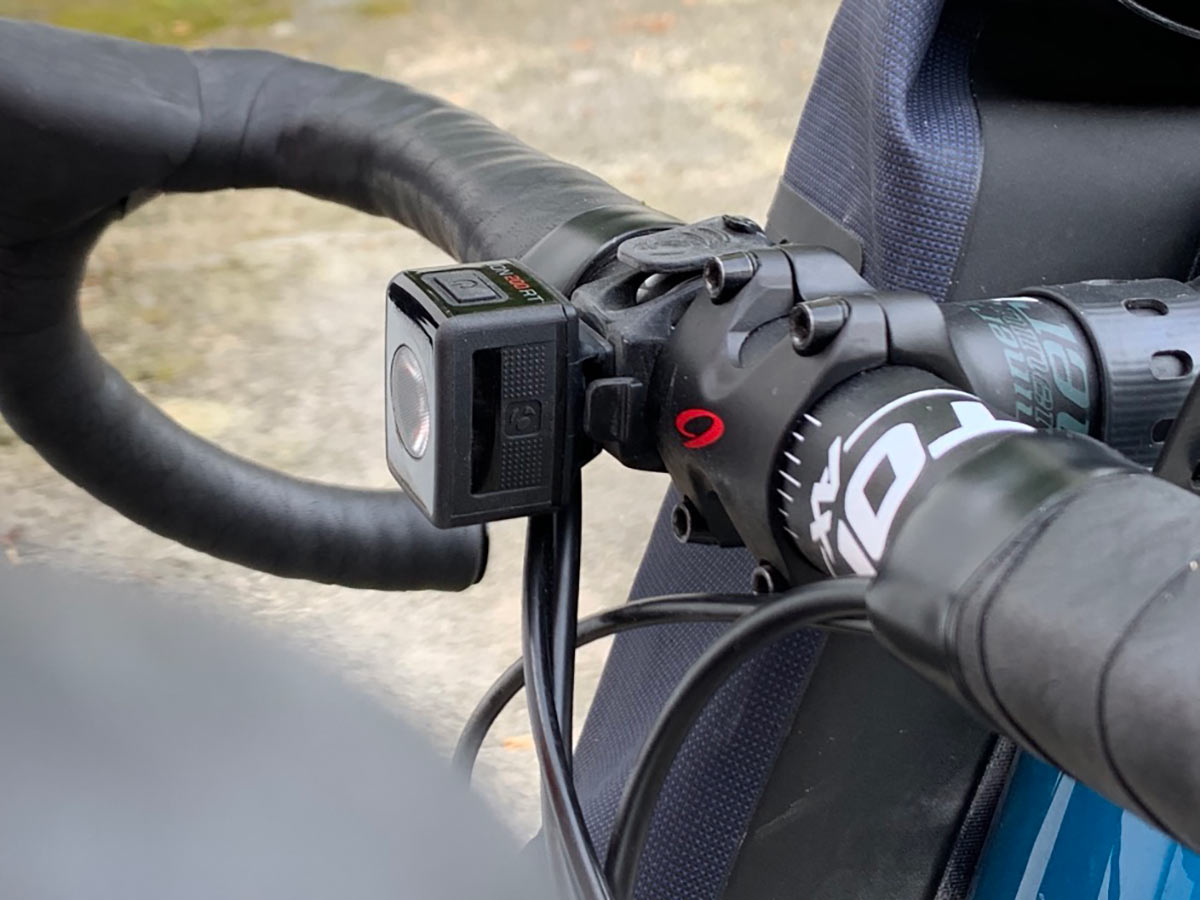While riding in Slovenia, we paired our murdered out black and neutral tone Mission Workshop clothing with brighter Bontrager accessories for better visibility and a touch of flair. It wasn’t just about color coordination and style, though. We needed helmets and shoes that’d work for a week’s worth of off-road drop bar riding and the requisite castle-and-cave sightseeing, too. Here’s what made the cut for riding across all manner of paved, dirt and gravel roads. Plus a few bonus items that saved the day, er, night…
Steve’s Bontrager WaveCel helmet review
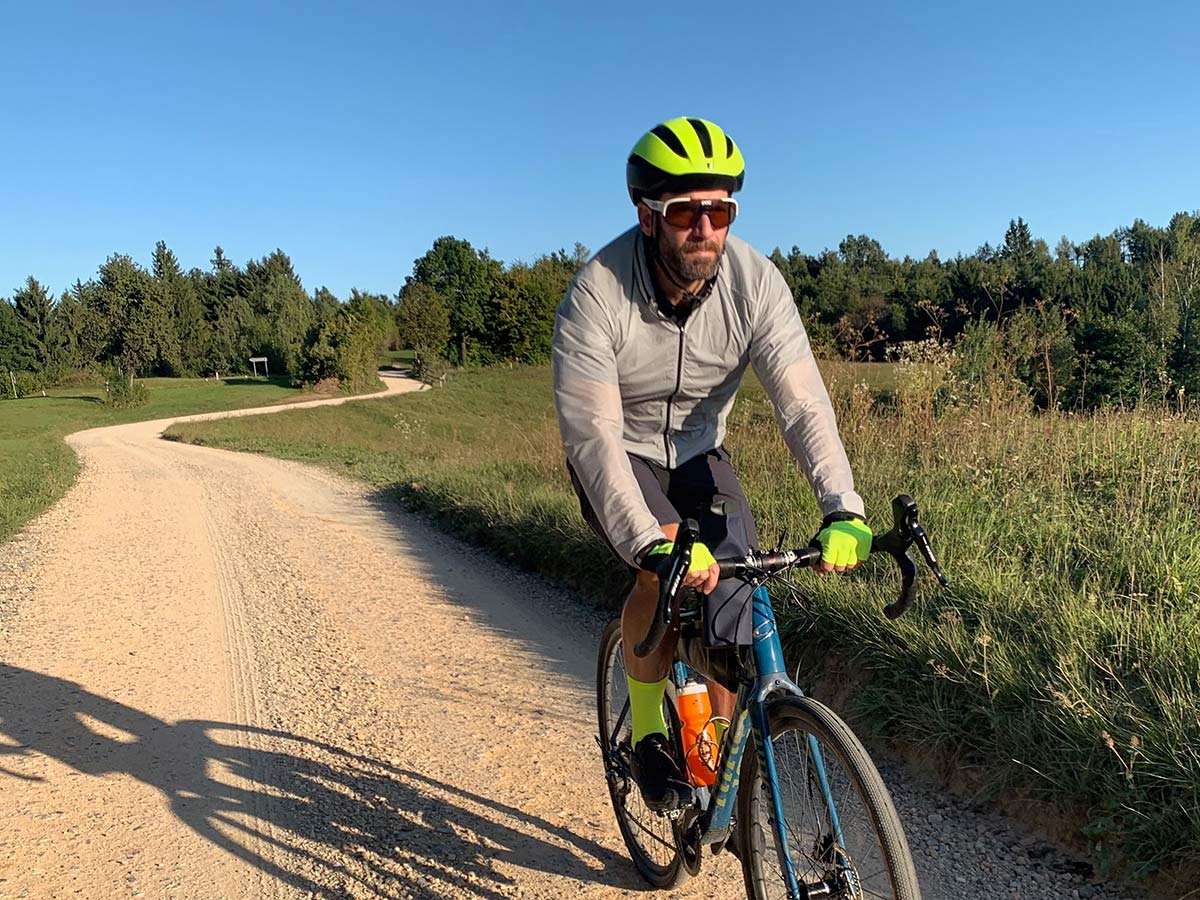
Top of the list is Bontrager’s XXX WaveCel lid. At the core of the helmet is the collapsible WaveCel crumple zone tech. The crystal lattice structure works like a grid of cells that flex, crumple, and glide over itself on impact, damping the force of a crash before your head feels the impact. The technology is reputed to be 48x more effective than traditional foam helmets.
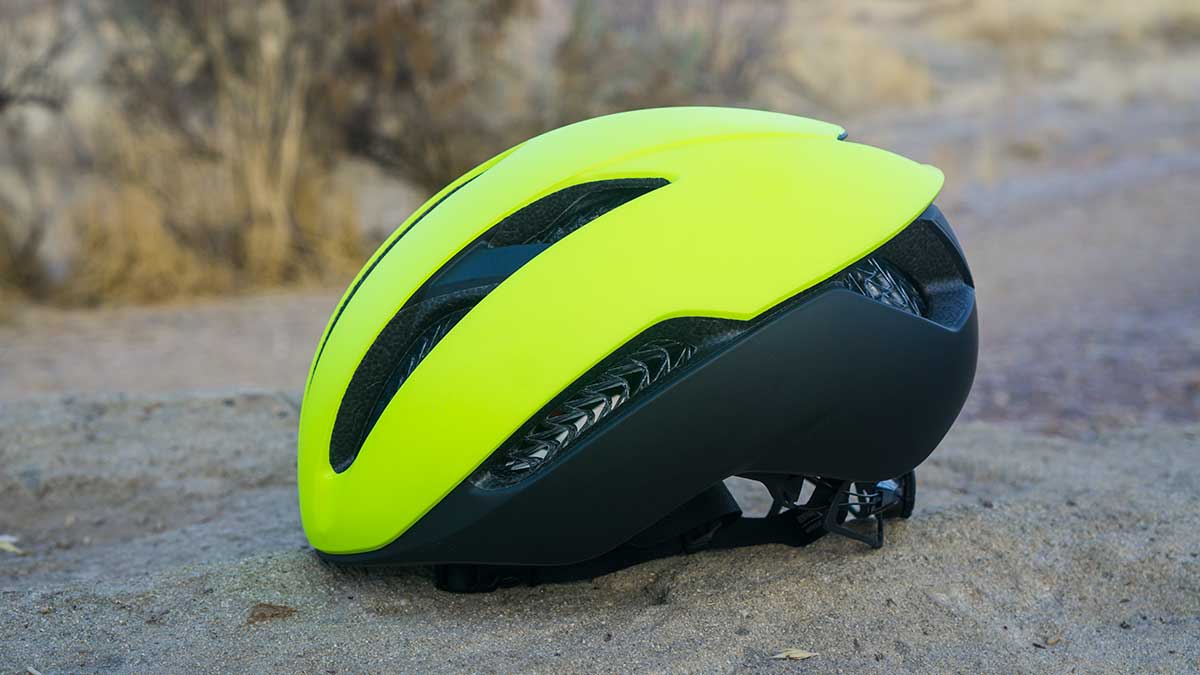

Fortunately I didn’t need to test these claims. So perhaps the highest accolades go to the helmet’s ability to ride virtually unnoticed. The thin straps are easy to adjust and equalize around the ears and under the chin, leaving plenty of room for sunglasses. The rear retention knob uses BOA system to dial in the fit. The BOA rides comfortably under the occipital bone, and the XXX WaveCel disappears over the noggin.

The XXX WaveCel is undoubtedly the most comfortable helmet I’ve ever worn. And for $300 it should be. If you unfortunately need to put it to the test, it comes with a crash replacement guarantee, ensuring crashes within the first year don’t leave you hanging. For those that don’t need the premium racey model, WaveCel technology can be found in their Specter helmet for half the price.
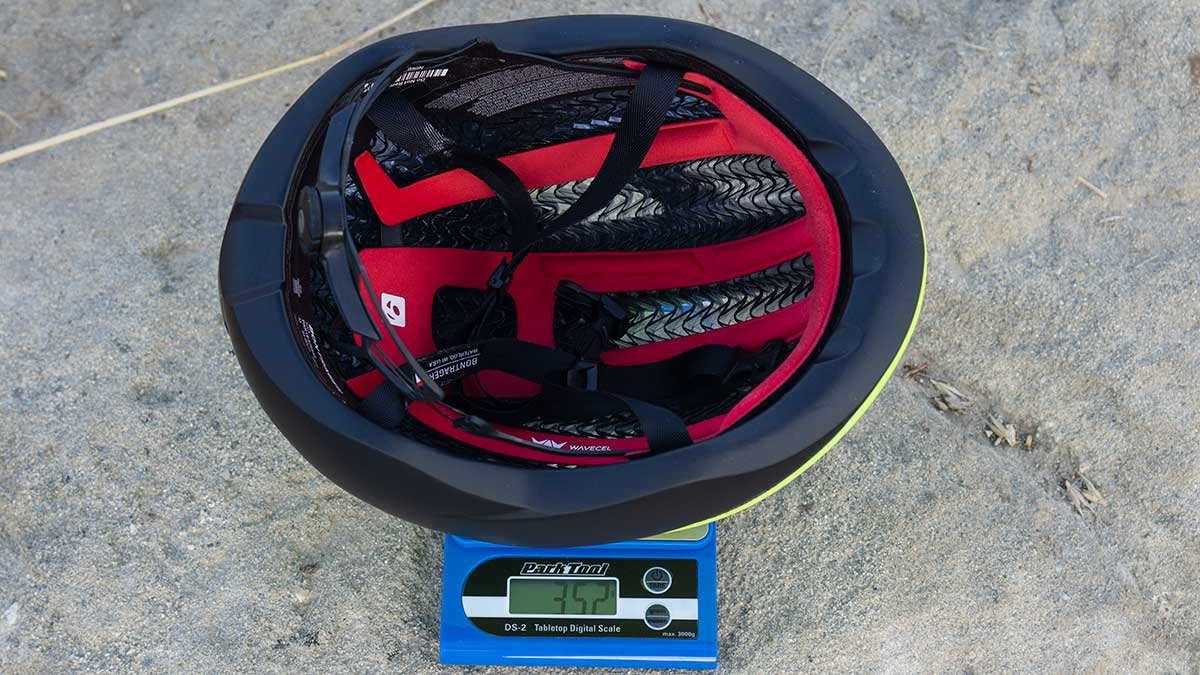
The XXX WaveCel tipped our scales at 352g. Heavier than the Bontrager Velocis Tyler wore, the WaveCel’s fit carries the weight extremely well on the head.
Another nice feature? Bontrager sells replacement BOA retention mechs and pad sets available for both of these helmets.
Tyler’s Bontrager Velocis helmet review
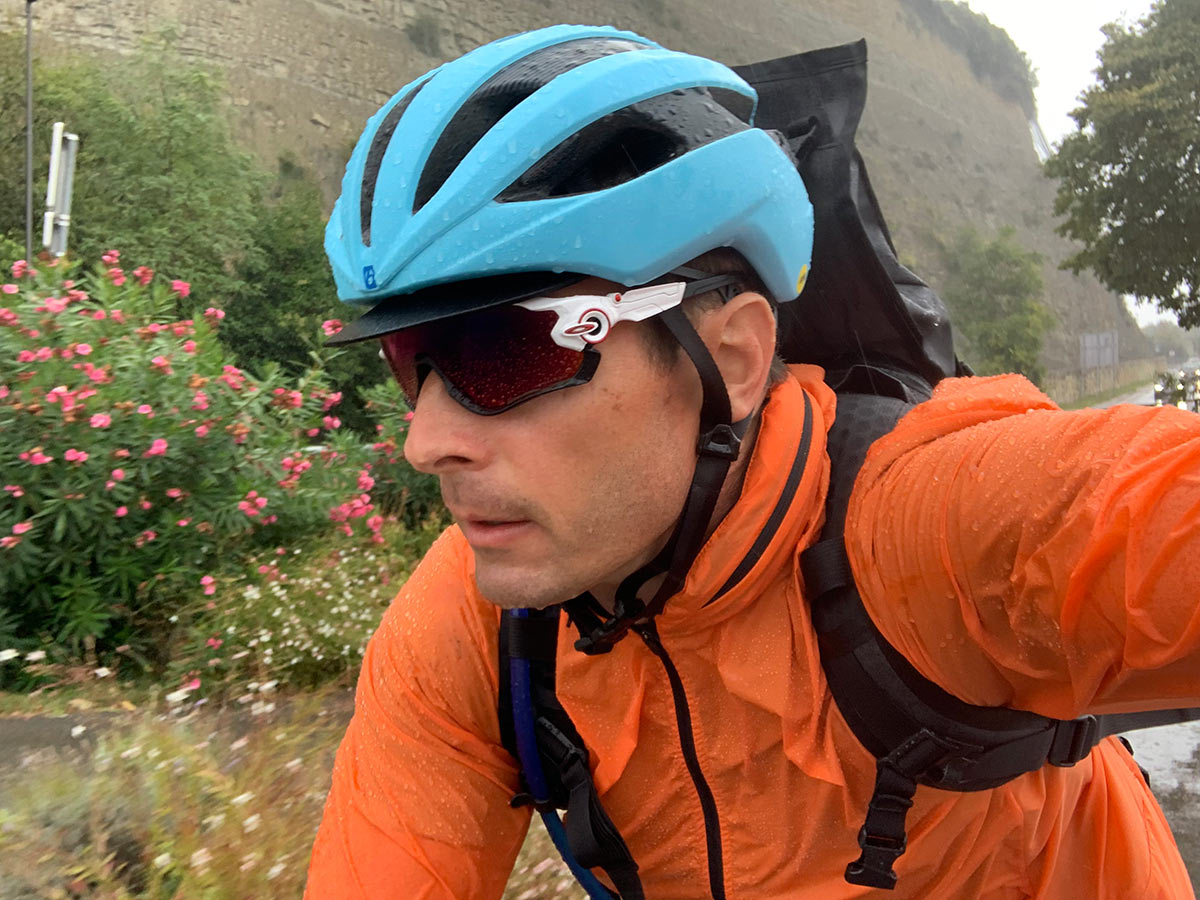
I rode the Velocis, which sticks to normal EPS foam and adds MIPS. What I really like about the helmet is that it’s aero without looking geeky, and it comes with a removable visor. It simply Velcros in between the shell and the padding, and works just like a cycling cap’s visor would, but without blocking the air from reaching my head.
The Velocis sits at the upper end of their helmet lineup at $299, but gets all the bells and whistles. BOA retention dial with multiple position adjustments and a MIPS liner are the highlights.
It’s not the lightest road bike helmet I’ve tested this year (actual weight is 275g for size M), but at least comes in under 300g with the 16g attached.
Like Steve’s WaveCel, this is one of the most comfortable helmets I’ve worn, ever. Fit is fantastic, and it doesn’t feel heavy. We spent a LOT of time in these helmets in Slovenia (and since) and it never felt like it was weighing my head down. One of my favorite things about the Velocis is its ability to move sweat away from my face. Even on the long, hot, steep climbs of Slovenia’s mountainous backroads and alpine passes, I never had a single drop hit my sunglasses. And that’s impressive because we sweated a lot. Or at least I did, Steve made it look easy.
I also really like that they color coordinate the shoes, gloves, and other accessories.
Bontrager Cambion mountain bike shoe review
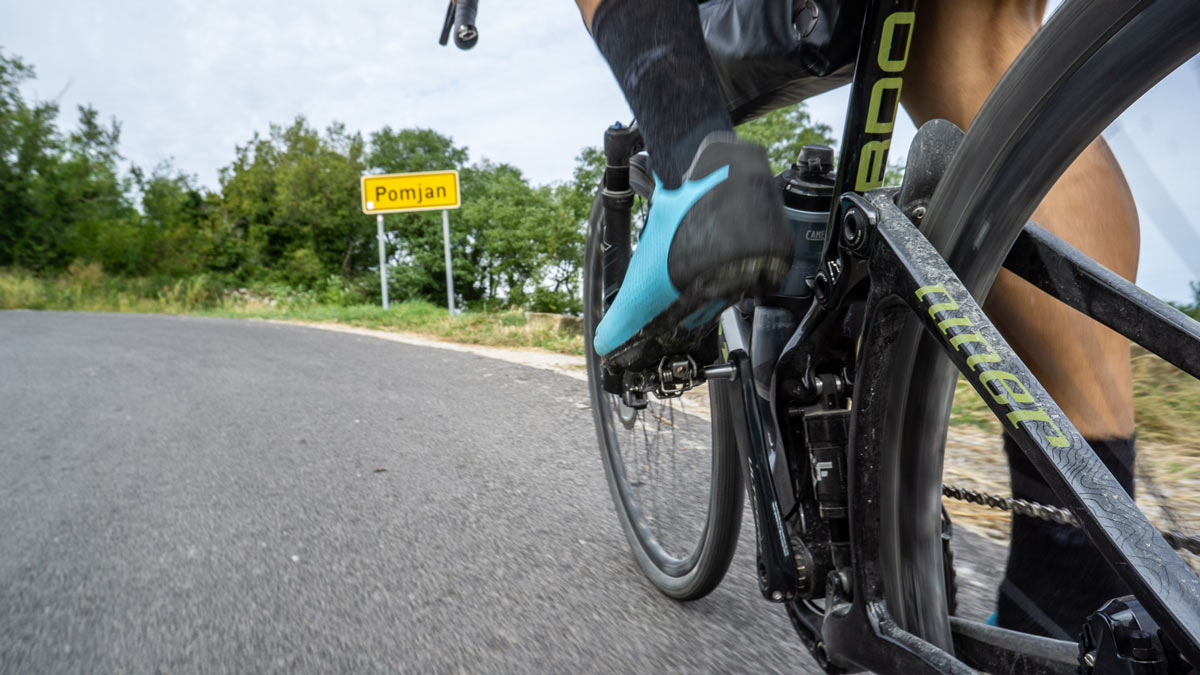
Our route required a little hiking and city walking, but also lots of long rides. So we needed a stiffer mountain bike shoe that also had traction and comfort. The Cambion, honestly, was a bit of a gamble in that we leaned toward efficiency and light weight over walkability. Fortunately, it worked out quite well, proving that high performance XC shoes do indeed make a fine transition to gravel cycling. These sit toward the top of Bontrager’s shoe lineup at $225 (some colors are on sale as of this post going live).
The Cambion closes around the foot with an offset Boa system lacing the upper lateral vamp. A single Velcro strap tightens around the toes. The Boa releases wide open with a tug on the dial. Push the dial back and a few quick turns equalizes the fit.
The Cambion is one of the better BOA configurations we’ve worn. It always equalized and sprung wide up when you needed it to (but never when you didn’t). The directional fabric inside the heel cup also helps prevent your foot from accidentally pulling out.
Another nice feature is the reinforced heel and toe, which brush off flying gravel and tire spray. A small traction pad in the middle of the carbon sole improves grip when walking on rougher terrain.
The tread itself is a work of art, molded into shapely lugs that perfectly marry form and function. Unfortunately, after our trip, the tread started to separate from the carbon sole on one of Steve’s shoes. Steve definitely pushed the limits of the shoe, trail running after me down nasty broken trail to capture some riding footage. Some glue should fix it, and it really shouldn’t be an issue for those of you who ride between the lines. Fortunately, Tyler’s shoes are holding up just fine, and they also carry a warranty for such things.

We found the shoe runs true to size, as long as you go by EU sizing. Tyler typically wears a US13, but the EU47 matches to their US14 size. He’s wearing the 47 and has no complaints. Another bonus: Bontrager makes this model in sizes up to Mens US14.5/EU48. We paired them with the Bontrager’s SuperFeet insole for extra comfort and would recommend the investment, especially if you have flat/fallen arches.
Bontrager Ion / Flare 200 RT minimalist bike lights
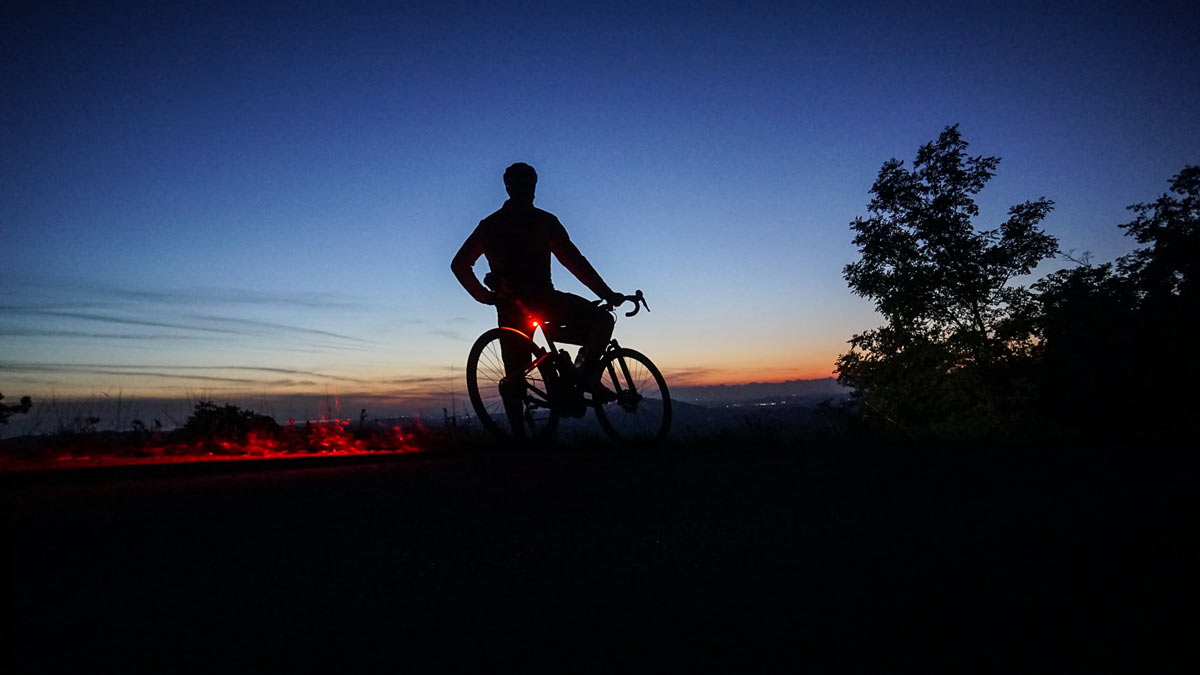
We’re big proponents of using lights, all day, every day. Not necessarily to see (though that has necessary as we chased daylight in Slovenia), I simply want to be seen.
Tyler handed me the Bontrager Ion (front) and Flare (rear) 200 lights when I arrived in Slovenia. Super small, they hide away in a top tube bag. But if you want to keep them on the bike, they take up so little real estate on the frame and bars -and weigh virtually nothing- there’s really no reason not to keep them on the bike. And we were glad we did.
Every ride in Slovenia we’d head out thinking we’d have plenty of time before dark. And every ride simply blew our minds with spectacular scenery around every hairpin. Inevitably, we’d find ourselves chasing the last of the light back to the city, thankful we had the Ion’s strapped to the bike. Even in pitch black tree cover, racing down a switchback-filled mountain road at 30+ mph, they provided enough light to see where we were going. Seriously impressive output for the size.
The Ion RT 200 pumps out 200 lumens up front, and comes as a set with the Flare RT for $115. Expensive? Not when you consider they have automatic brightness detection and adjustment. And both can be synced with Garmin and Bontrager ANT+ devices for wireless control and battery status. If you’re only looking to be seen during the day, the Ion/Flare 100 set is just $70 is even tinier but still provides good daytime blinky visibility.
Disclosure: Bontrager helped support our Slovenia trip with these products and a small amount of financial support. In no way did that affect our editorial review, and Bontrager gave us full autonomy to pick the products we thought would work best for our riding styles and planned routes. All price links in this post go straight to those product’s pages. They’re affiliate links, so we’ll make a few cents to keep the servers humming if you buy something.

